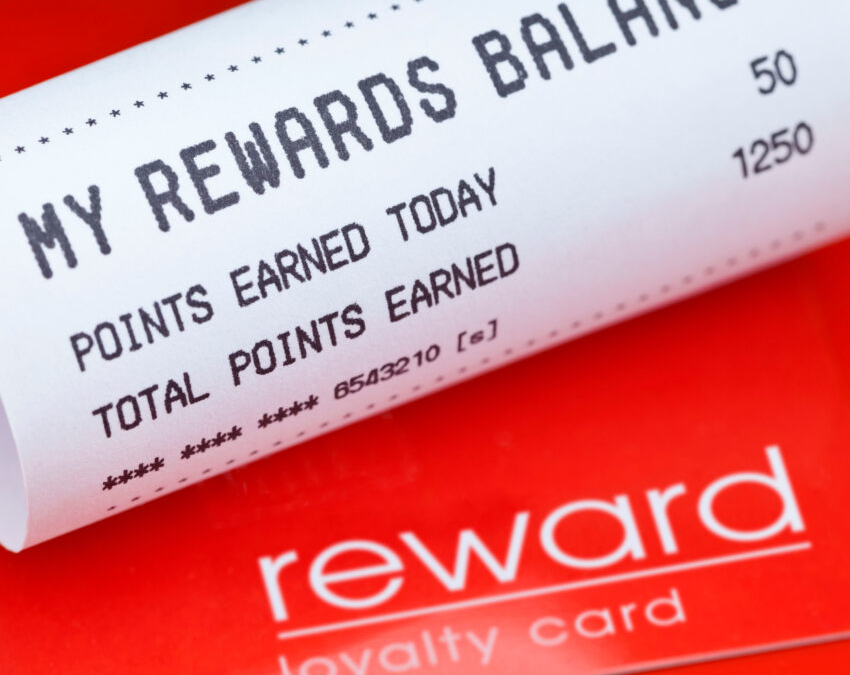As recessionary clouds gather over the U.S. economy, retail CFOs are busy cutting capex, opex, and inventory. Facing the prospect of lower sales and higher borrowing costs, preserving cash seems the wisest option.
But there is an area where we believe you should consider spending more: your loyalty program and member marketing. If the overall marketing budget needs to be cut, then shift funds from customer acquisition into loyalty. Why? Consumers behave differently during a recession and they typically:
- Gravitate to “budget” channels
- Seek deep discounts
- Spend less
- Are less loyal
In other words, the performance marketing models you’ve built over the last dozen years no longer apply during a recession. New customers will be more expensive to get into the funnel, and they will be less valuable. Loyalty program members may also need some incentive to stay and spend during a recession, and focusing on them will likely be your most efficient way to preserve sales, keep them from chasing deals elsewhere, and maintain their long-term relationship with you.
Loyalty’s Benefits
According to Accenture, 90 percent of retailers have some form of loyalty or subscription program, which usually includes a combination of a rewards program, exclusive benefits, member-only access and experiences, and personalized offers and communications. Customers can gain even more value by opting for the brand’s credit card, which serves as a rewards and benefits accelerator.
The benefits for retailers are substantial: Loyalty customers shop more, spend more and stay longer. They’re more likely to engage – rating products and advocating for the brand, online and IRL. Moreover, in the current climate of iOS privacy protections and increased privacy legislation, these programs have become the richest source of permission-based consumer data collection, which can then be used to fine-tune program features and communications for maximum impact. Lastly, companies with high loyalty and/or dependable subscriptions get higher valuations on Wall Street.
Loyalty During a Recession
If you’re a startup or otherwise part of the 10 percent with no loyalty program, rolling out a new regime on the eve of (or during) a recession will be expensive. Most costs will be spent on new member acquisition, with the major benefits accruing only years hence. But for the other 90 percent, here are a few ways to ensure you get the most out of your loyalty members when the economy and consumer confidence dips.
- Affirm the strategic importance of reallocating resources into loyalty and get alignment across the leadership team around the cross-functional efforts required to execute an effective program, including Marketing, Finance, Stores, IT, Planning, and Merchandising.
- Revisit program rewards and benefits. Your customers will be most concerned about saving money and lowering risk, so consider tweaking the program’s value proposition. Changing the messaging from “points” to “$ cash back,” for example, is a simple and commonly used tactic. You may also want to do qualitative research among your existing members to understand what language they use to express their anxiety and what benefits would mean the most to them during an economic downturn. Then communicate with them based on these hot buttons.
- Remove friction, and streamline components. To increase sign-ups, use emails or phone numbers as the connection points to easily sign up for entry-level benefits. If you haven’t already done so, integrate all elements into one program by using a single loyalty bank with stair-stepped rewards and benefits for non-credit card and credit card loyalty. This will make it easier for members to track and see all rewards in one place.
- Raise the visibility and frequency of loyalty messaging. Leverage every opportunity across all channels to promote the loyalty program and the value loyalty members receive. But don’t stop there. Message non-loyalty customers on the rewards and benefits they missed with their last purchase.
- Don’t forget the stores. It’s easy and inexpensive to make all these program changes online. But during a recession, customers generally continue to shop in stores, if only for the purpose of finding the very deepest markdowns. Store staff must be well-trained, first and foremost to provide loyalty-worthy service. Maintain ongoing messaging to recruit new loyalty program members and promote its value.
- Test and learn. Remember, you have no valid performance model that’s been tested through a recession! Set up experimental tests measuring costs vs. impacts to understand what’s working and what’s not.
Preserve Your Most Valuable Asset
You’ll note that these six steps are not materially different from best practices (and hopefully your own practices) when times are good. The difference in a recession is that your loyal customers will more likely drop quintiles or exit the cohort entirely if you fail to stay top of mind and provide better value. Anticipate the future. Do the work now, and you’ll emerge stronger on the other side.

